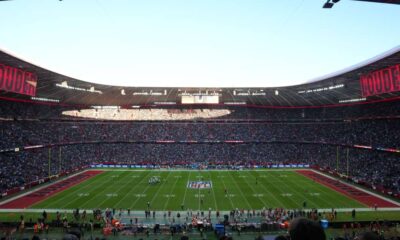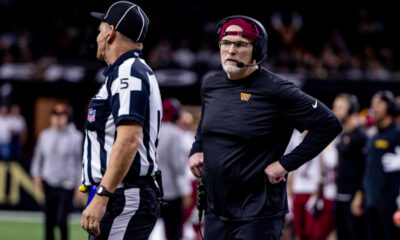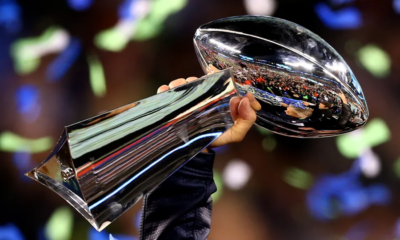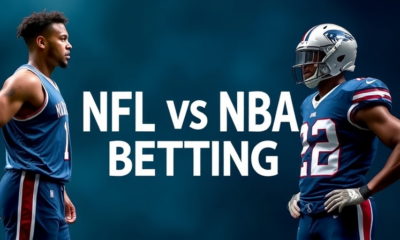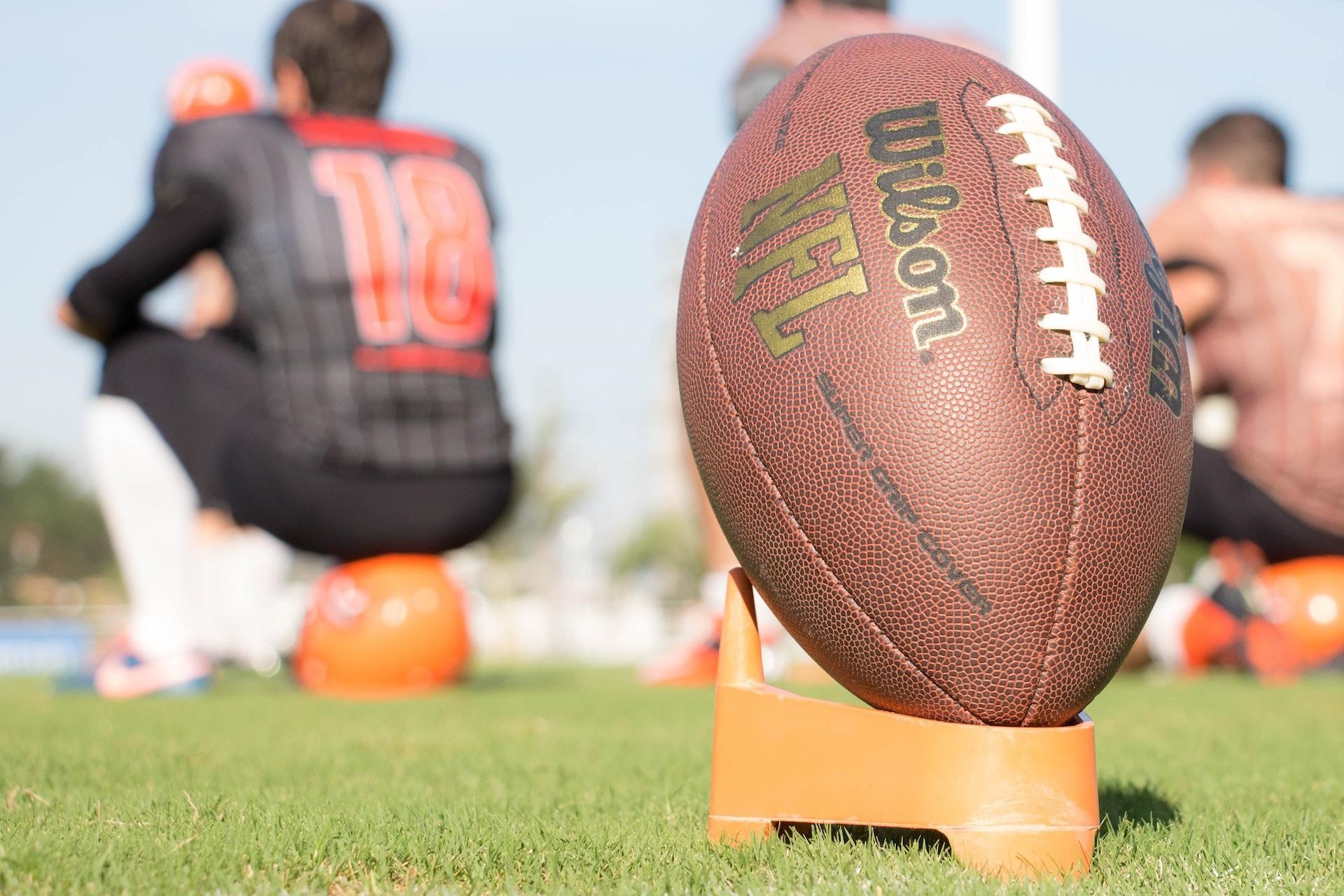
The world of American football is no stranger to rivalries, and one of the most intriguing battles is between the USFL and NFL. These two leagues share a deep passion for the game, but their differences in rules and regulations set them apart.
The USFL has gained attention for its unique rule implementations; on the other hand, the NFL adheres to more traditional rules.
These differences not only impact the gameplay but also influence the strategies and tactics employed by teams.
Differences in Rules
While the NFL only permits a one-point kick or a two-point conversion attempt from scrimmage, the USFL allows for a 1-point, 2-point, or 3-point conversion following a touchdown.
The way time is handled also differs significantly. A running clock is used in the USFL, even for incomplete passes, to speed up the game. In the final two minutes of the first half and the final five minutes of the second and fourth quarters, the clock is stopped for first downs.
In contrast, the NFL does not have a running clock for incomplete passes and has specific rules for clock management in the final minutes of each half. These differences in clock management contribute to distinct game dynamics and pacing between the two leagues.
These differences add an extra level of intrigue and uniqueness to the USFL, making it a compelling alternative to the traditional NFL.
Clock Management
Clock management in the two football leagues differs significantly, particularly in how the clock operates during incomplete passes and in the final minutes of each half.
In the USFL, the clock continues to run even during incomplete passes. This rule aims to prevent teams from intentionally stopping the clock by throwing incomplete passes, forcing them to strategize and manage their time effectively.
The USFL clock also stops in the final five minutes of the second and fourth quarters, as well as for two minutes for first downs inside in those quarters. It allows for more suspenseful endings and for teams to mount comebacks or secure victories in the closing minutes of the game.
On the other hand, the NFL has different clock management rules. In the NFL, the clock stops after an incomplete pass, giving teams more time to regroup and plan their next play.
Furthermore, the NFL has a 10-minute overtime period during the regular season, which can result in ties if neither team scores during that time frame. In contrast, the USFL alternates conversion attempts from the two-yard line in overtime until a winner is declared.
Overtime and Substitutions
Overtime in the two football leagues follows different procedures, particularly regarding substitution rules and methods of determining a winner. In the NFL, regular season games can end in a tie, while in the postseason, both teams have a chance to possess the ball even if the first team scores a touchdown. It ensures fairness and allows both teams to showcase their skills.
On the other hand, the USFL alternates conversion attempts from the two-yard line in overtime. It means that each team gets an equal chance to score, and the pressure is on the offense to convert the play. If both teams have the same number of converted conversions after three attempts each, the USFL continues with sudden death until a winner is declared. It adds excitement and intensity to the game, as teams have to strategize and execute their plays effectively to come out on top.
When it comes to making substitutions, the USFL has a third quarterback who is there as a last resort. It allows for more adaptability and game-day improvisation, allowing teams to handle any unexpected developments.
In contrast, the NFL, where teams like the Seattle Seahawks compete, does not have a specific provision for an emergency quarterback, relying instead on the depth and versatility of their roster. This strategic approach to roster management can also influence the Seattle Seahawks gamelines of winning in any given matchup, highlighting the different approaches taken by the two leagues in managing substitutions and adapting to changing game situations.
Conclusion
Overall, the differences in overtime and substitution rules between the NFL and USFL contribute to the distinctiveness of each league and provide fans with unique and thrilling football experiences. For instance, during a Seattle Seahawks game, fans can witness the thrilling fluctuations in Seattle Seahawks odds as the team’s coaching staff employs strategic decisions when it comes to making substitutions and navigating the overtime rules.






